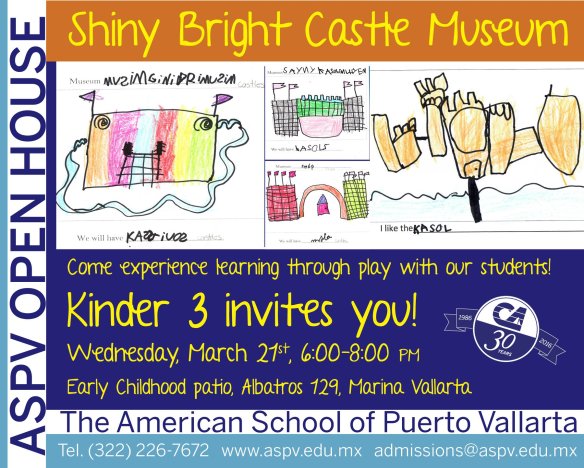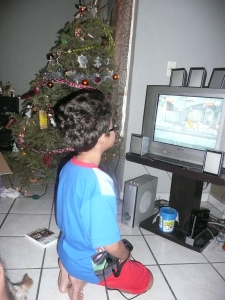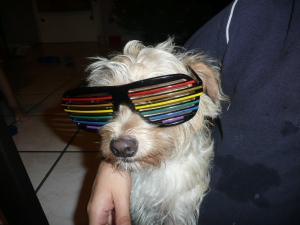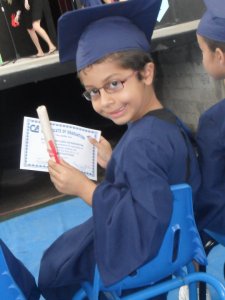When I tell people that I am a Kindergarten teacher, I have a feeling they immediately picture a room covered in glittery paste and a lot of sitting around in a circle singing about sharing. I also imagine that they think I might have a partiality to flower prints and that I’m really, really nice. But in a weird way.
So, all of those things are actually true except the flower print preference. There is so much glitter and so much glue. There’s a lot of singing, because if you give children directions in your speaking voice, many of them will hear you, but if you do it in your singing voice, they will truly listen. Not only that, I’m definitely nice and even more definitely weird.
But what they might not know is that I have a master’s degree with a post baccalaureate certificate in early childhood education. They also might not realize, until they ask me one single question about my job, that I am absolutely and totally passionate about being an early childhood educator. I have spent more than half my life in education, with most of that dedicated to the investigation and practice of teaching children aged three to six years old.
I wanted to be a teacher since I was a child myself. Nearly every day I look around my classroom and pinch myself, because this is exactly what I dreamed of when I was in my student teaching practice: to work in a school that trusted me enough to develop a program where students learn the way they should – through play, through real experiences, through projects.
I have been at my school, the American School of Puerto Vallarta, for nearly eighteen years. I was hired to teach Kindergarten. When I had been at the school for three years, I asked my principal if I could be promoted to Early Childhood Coordinator, while continuing to teach full time. She, having not only faith in me but a great sense of humor, said sure, I could do an extra job while continuing to keep my full time job.
My colleague (a Spanish teacher with a similar educational philosophy) and I developed a project- and standards-based program that emphasized play as a medium to advance learning. We received training in the Reggio Emilia approach to learning, and also continued to research and practice ways to use projects to develop knowledge and skills in our students.
By the time they are six, our children have learned to build structures, make plans and blueprints, and contribute ideas in a group. They learn to write because they need a menu in the restaurant they are making, and they learn to paint and create sculptures when they visit Vallarta’s galleries and Malecon. They learn to use numbers by exchanging play money in a class-made jewelry store (the same principal tried to short change one of the three-year-olds, who chased her down with the receipt and asked her politely to pay up).
Our students invite experts into the classroom and ask them questions (one of my students asked a bat expert if bats really do turn into vampires. You can imagine the collective sigh of relief with his answer). Our children run to their classrooms the minute the gate opens at 7:45am.
The program regularly opens its doors to families to view the students’ art galleries and stores of their own invention. Our parents are invited to museums and sing-a-longs and activity days.
And, now, you are invited too. If you are curious about project-based learning, and you wonder if it would be right for your child, you may want to drop by. My kindergarten students have been investigating a variety of topics related to construction, and they would like to share what they’ve learned with our Vallarta community. We completed our project with a study about museums, and they feel that this will be a great way to showcase everything they’ve built.

They all built permanent sand castle sculptures based on blueprints that they each drew up
They would love for you and your young children to come to the Shiny Bright Castle Museum (the name agreed upon after a lively debate over how shiny and bright the museum would be) on Wednesday, March 21st, from 6 to 8pm at the ASPV Early Childhood Playground. Come ready to be dazzled and come ready to play.




